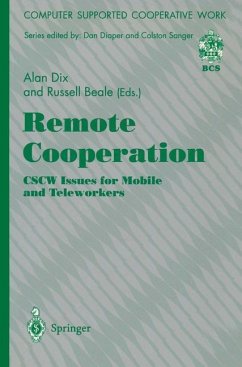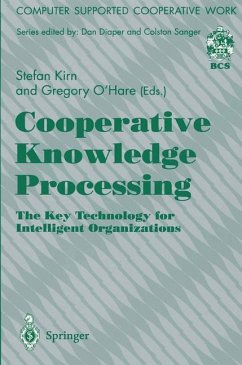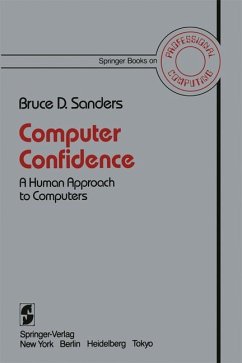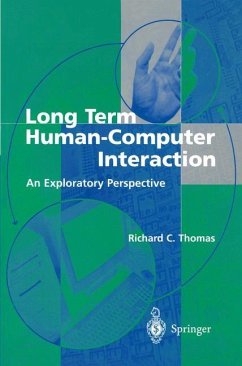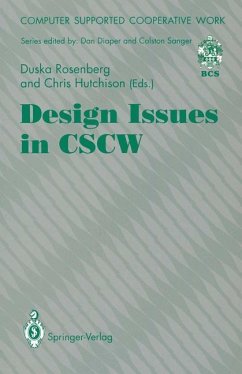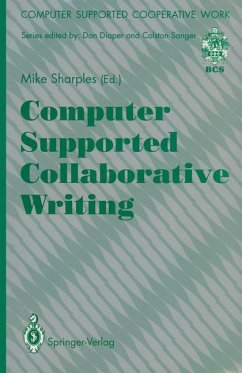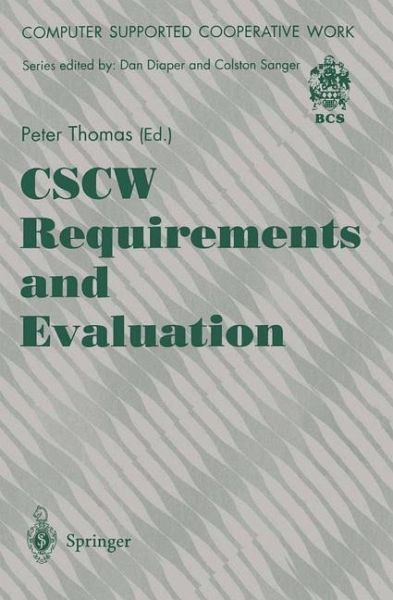
CSCW Requirements and Evaluation

PAYBACK Punkte
39 °P sammeln!
There is a rapidly-growing commercial awareness of the need for evaluation in CSCW as major producers push to get cooperative technology taken up in commercial organisations. CSCW Requirements and Evaluation looks at ways of evaluating how well computer systems meet the requirements of organisations and their workforces, and establishing how effective, efficient and satisfactory they are for the actual users. It provides an integrated framework for assessment which reflects both practical and academic perspectives. Descriptions of various methods are given, along with examples of their commerc...
There is a rapidly-growing commercial awareness of the need for evaluation in CSCW as major producers push to get cooperative technology taken up in commercial organisations. CSCW Requirements and Evaluation looks at ways of evaluating how well computer systems meet the requirements of organisations and their workforces, and establishing how effective, efficient and satisfactory they are for the actual users. It provides an integrated framework for assessment which reflects both practical and academic perspectives. Descriptions of various methods are given, along with examples of their commercial application and specific case studies. Containing contributions from leading authorities in the field, this book will be welcomed by scientists and practitioners involved in organisational research, CSCW, information and business systems, and HCI.





